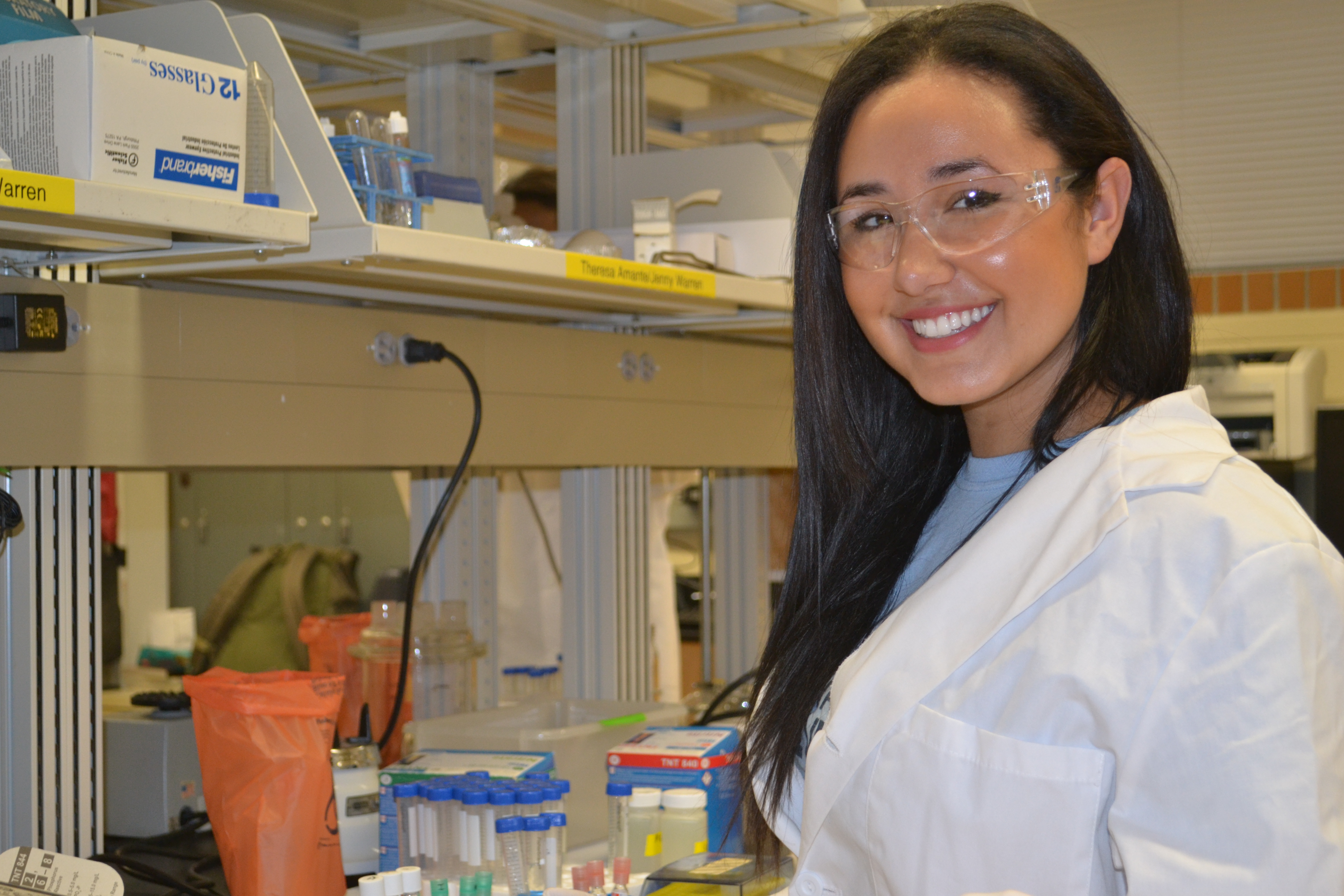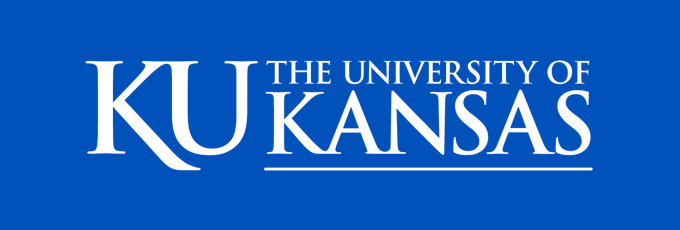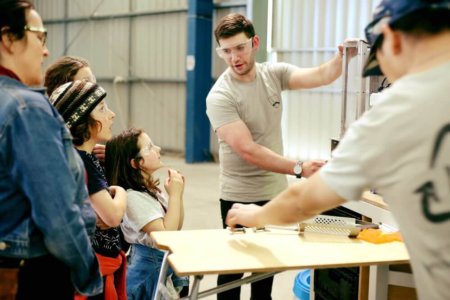From developing solutions for sustainable infrastructure, to reducing pollution for cleaner air, engineering innovations are paving the way towards a greener, more sustainable tomorrow. This process of using resources in a way that does not compromise the environment or deplete the materials for future generations is called sustainable engineering. The approach that makes it possible is multidisciplinary in all aspects of engineering.
One of the leaders of this movement is the Department of Civil, Environmental, and Architectural Engineering at the University of Kansas. Its aim is to make a far-reaching and positive impact by engineering our environment with sustainability in mind. They do this by nurturing students who want the same, equipping them with the technical and soft skills needed to achieve this vision.
The Department is made up of distinguished professors and established rising leaders in the field. From exploring ways to help tornado victims to improving the management of aquatic vegetation, they are redefining the way we think about global challenges and advancing us closer towards the solutions the world is in need of. They conduct research in areas of significance, which in turn, influences their pedagogy with the latest state-of-the-art expertise and tools. And from their engagements at the national and international levels, they bring a professional, real-world perspective to their students.
One of them is Caroline R. Bennett, a structural and architectural engineer who has been with the university for over 15 years. Her research is focused on improving the performance and longevity of metal structures that are particularly used in transportation applications such as bridges. It’s a crucial area given that the transportation infrastructure in the US and elsewhere is “aging and in dire need of repair,” she says. Bennett’s work aims to extend the fatigue performance of metal structures, which could help ensure that they are sustainable and resistant to changing environmental conditions. “I really value approaching research from different angles to try to understand root causes of problems as I work to develop applied solutions,” Bennett says.
To Bennett, successful engineers possess technical proficiency, as well as communication and interpersonal relational skills. “Highly effective engineers not only develop strong technical solutions, but are able to communicate them in a way that is clear and effective, and to develop long-lasting, positive, supportive relationships with clients and colleagues. In every class that I teach, I integrate opportunities for students to regularly practise these important facets of engineering, including work in small teams, project presentations, and interactions with engineering practitioners,” she says.
For assistant professor Elaina J. Sutley, her research interests are at the interface of humans, disasters, and the built environment — these fall under the umbrella of community . With at least 207 natural disasters recorded globally in the first six months of 2020, this is a crucial research area aimed at developing long-term solutions to protect vulnerable communities who are most at risk from a volatile climate.
The biggest project Sutley is involved in is a 10-year, US$40 million project funded by the National Institute of Standards and Technology. As many as 100 researchers are on board, all working towards the development of a web-based application for communities to model, test and improve their resilience to disasters.
Breakthroughs from these projects often find their way into her labs and classrooms. “I try to take real-world examples and bring them into my structural analysis course. This gives students the ability to look at an actual structure, and simplify it into a two-dimensional free body diagram to analyse. In my graduate-level course, Design of Timber Structures, I’ve directly incorporated some of the findings from the tornado study, and assign projects to students to learn more about how to design wood buildings with a continuous load path for high wind loads,” she explains.
As for assistant professor Amy Hansen, her research focuses on surface water quality and interactions between how fluids move with biology such as aquatic plants and animals. Her current project looks at biogeochemical process rates and how these might be influenced by mixing near vegetation. If her findings are significant, it could have important implications for the design of treatment wetlands and the management of aquatic vegetation. Hansen takes her research to the classroom, sharing her findings with her students so they get to discover as she does. “I incorporate examples from my research into problems on their homework and examples in classes where I think they demonstrate a concept we are learning,” she shares.
It’s topical issues like these and the professionals teaching the fundamentals of solving these challenges that make the Department of Civil, Environmental, and Architectural Engineering dynamic and vibrant. Here, students — even undergraduates — are able to partake in research opportunities that are unlike any other, surrounded by a diverse student body and faculty.
“As a graduate research assistant, I was able to work with Dr. Edward F. Peltier, conducting research on the use of electrocoagulation for boron removal in local Kansan produced waters. Through this research, I was able to gain field experience, teaching experience, and technical writing skills,” shares Class of 2020 graduate Stacy Tinner III. He credits the department with preparing him for his career, making the transition “seamless”. He is now employed at , a full-service, multinational engineering, architecture, construction, environmental and consulting solutions firm based in Kansas City.

Alexandra Kondyli
Source: University of Kansas
The degree programmes and cutting-edge research performed within the Department offer students access to laboratories, a wide range of tools, and the support they will need to make a positive impact on the world. Learners here are taught to innovate and inspire with the facilities provided to them, and they do just that with the help of their professors who tirelessly do the same.
Associate professor Alexandra Kondyli focuses her research on traffic engineering operations and driver behaviour — two key areas to look into when trying to reduce gas emissions and disperse pollution. Her most recent work is focused on how driving performance will change due to vehicle automation, and the impact it will have on traffic operations and driver safety. Another of her recent projects is funded by the Federal Highway Administration, evaluating the effects of narrowing freeway lanes to create more lanes, which would alleviate congestion. She actively incorporates the findings from her research into her curriculum, using real-world field data to work on specific methodologies or to build traffic simulation models in her classes.
“When I work with undergraduate researchers, I spend a considerable amount of time to explain transportation-related concepts because these students do not have much background knowledge in the field. Fortunately, transportation is a field that many students can relate to. As such, I use many real-world experiences to explain and describe traffic phenomena and the theory behind them, for example, how congestion and queueing on a freeway is formed,” she adds.
First-year master’s student Hailey Solomon describes her experience at the university to be welcoming and full of opportunities, especially for engineers. “Almost all the professors here participate in research of some kind, and all a student has to go to get involved is speak with their advisors or approach a professor and ask. Professors are thrilled when students want to get involved and are more than happy to help,” she enthuses.
Besides the clear academic and career advantages, the university is an inclusive hub of opportunity. It is open to people of all backgrounds — learning and working here is a journey of growth and development for all. With their efforts to pioneer a sustainable future through engineering and their dedication to develop tomorrow’s ethical leaders, the University of Kansas is truly a stepping stone to becoming a future-focused engineer of tomorrow.
Follow University of Kansas CEAE on Facebook, Twitter and YouTube












